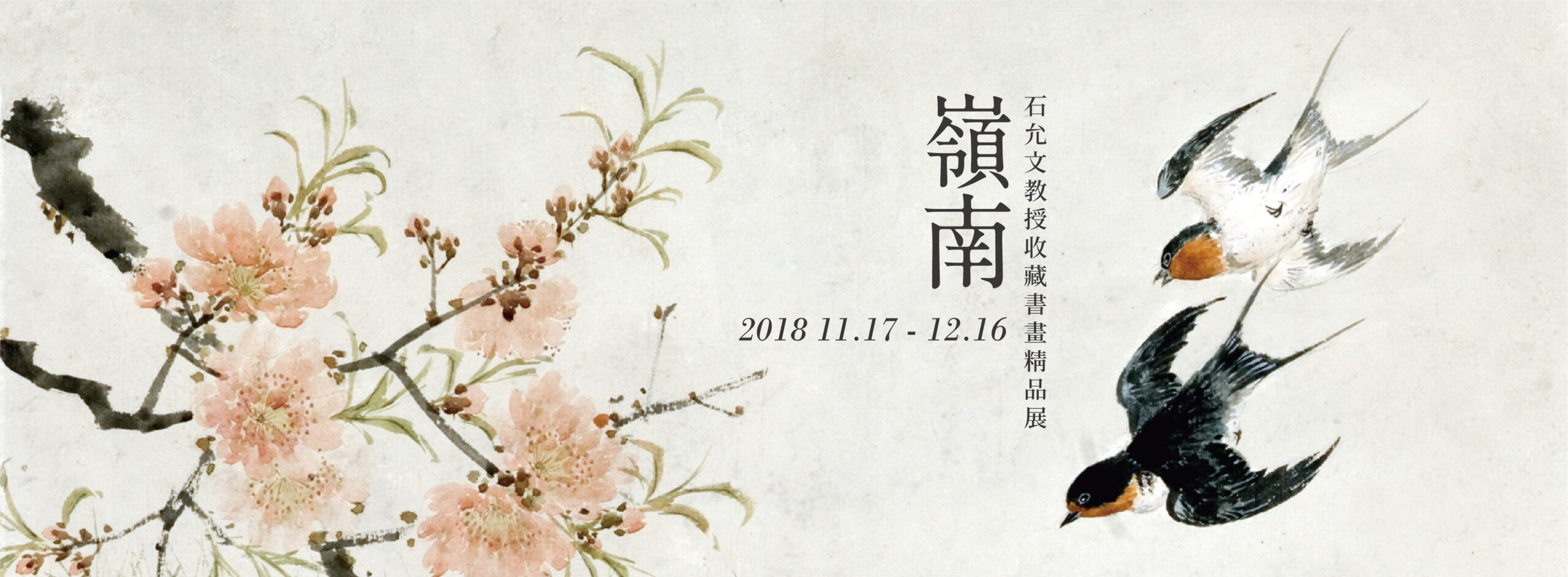
09 Jun Silent Respiration of Forests – Takeshi Shikama Solo Exhibition
Renowned Photographer/ Tseng Miin-Shyon
Thanks to the advancement of technology and various representations of visual images, we are able to observe views around the globe with Google street view on our computer screens. Whilst doing that with a serious attitude or simple interests, we believe in the existence of such a view, but why do we believe it without doubts?
It is because we already know that the Google street cars take random and objective photos in 360 degrees, and we are able to move left or right, forward or backward with a mouse. Under such circumstances we have forgotten something: “Who took these photos?” or we could phase it another way: “Does it matter who has taken these images?”
The authors have been forgotten! If we place landscape photography on a balance, these types of photos and Takeshi Shikama’s works would certainly be placed on opposite sides. Shikama’s landscapes are chosen objectively by the photographer himself, and the rarely seen platinum/palladium printing techniques indicate the uniqueness and preciousness of the prints.
Born in 1948, Takeshi Shikama turned to photography after a long career in design, which is quite a rare example. He states that his Japanese heritage, and the fact that he lives in a county with more than 70% of its land covered in mountains and woods, as well as his experiences in building a country lodge with his own hands, have stimulated his interests in the forests and how sensing the time passes within the forests is more intriguing than listening to the tick-tock of the clock. His intimate relationship with photography started from here. Shikama was drawn to the woods at the very early stages of his photographic career, his works are almost like portraits of trees without the background of the environment. Having gained more experiences, he begun to study the relationship between nature and men, hence he started searching for man-made forests in urban cities. He has also travelled extensively within Japan and abroad with his camera.
I was pleasantly surprised when I saw Mr Shikama’s works taken in Yosemite, for it is the very same place where I wished to visit when I was in San Francisco in 2007. In the end I choose Ranchos de Taos in New Mexico, the location photographed by renowned American photographer Ansel Adams. The very same church had also been the subject for photographer Paul Strand whom Adams saw as a mentor, and famed artist Georgia O’Keeffe had also painted the structure.
I do not know if Mr Shikama would feel the same warmth when standing in front of a scene which has been photographed by celebrated master photographers. A landscape photograph must include the reflection of spatial awareness and the sense of flow or stillness of time. The spatial awareness is an indication of the location, from looking at the photograph the viewers may work out where the author had set foot on, just like how we learnt Ansel Adams’ presence in Ranchos de church. We could feel the same passion when standing on the same spot decades later, for the existing photographs have revealed its location.
However, a large number of Shikama’s works do not indicate the location of whereabouts the photos were taken, with the exception of some which were stated to have been taken in Spain, France or other countries. Very few information is provided regarding the location, and most of the prints (especially the earlier ones), would only offer what the photographer wishes us to see. The artist does not wish to record the scenes faithfully from reality onto his photographs, and the spatial awareness is cleverly concealed by the images.
Renowned English critic John Berger had once said, that the closest thing to a photograph is one’s reminiscence. A photograph captures the appearance of its subject at a certain moment, but it does not provide deeper meaning underneath the surface. With the passing of time, the appearance is blurred in one’s memory, yet a photograph could help one recall distant memories. “Time” is the fertilizer of “photographs” and “reminiscence”. When we see a lady in a bikini on the beach, we could work out the date of the photo by her swimming costume. If it’s an old-fashioned bikini then we can probably date it to the 1970s, but if the bikini is of a modern cut, then we could possibly date it to this century. Undoubtedly, a photograph reveals its time though its image.
However, it is not easy to date Mr Shikama’s works!
Perhaps it’s due to the unspecific time and space in the photographs, when I look at the works of Takeshi Shikama, I could sense a completely different time and space.
Since the time is left unexplained in Shikama’s photographs, when we see them, we could almost believe that the scenery had been standing there silently for hundreds of years, waiting for the photographer to capture a certain moment, then it would then continue the long wait for the next hundreds of years. In other words, the photographs taken by Shikama are not the representation of the passing of time in the form of memory, but are frozen moments of time. Though the use of dark values and the unique characteristics of platinum palladium printing technique, these landscapes deliberately chosen by the photographer are transferred into our minds from reality. The spatial awareness of the photograph is not visible to the eye but imprinted in the mind of the observer.
This is how I feel about Takeshi Shikama’s photographic aesthetics.
Landscape photography requires the artist to travel extensively in order to capture a beautiful image. However, the best views are not found by the artist, but the photographer is induced by nature to photograph her. The unknown land does not only exist in reality, but also in the heart of the photographer.